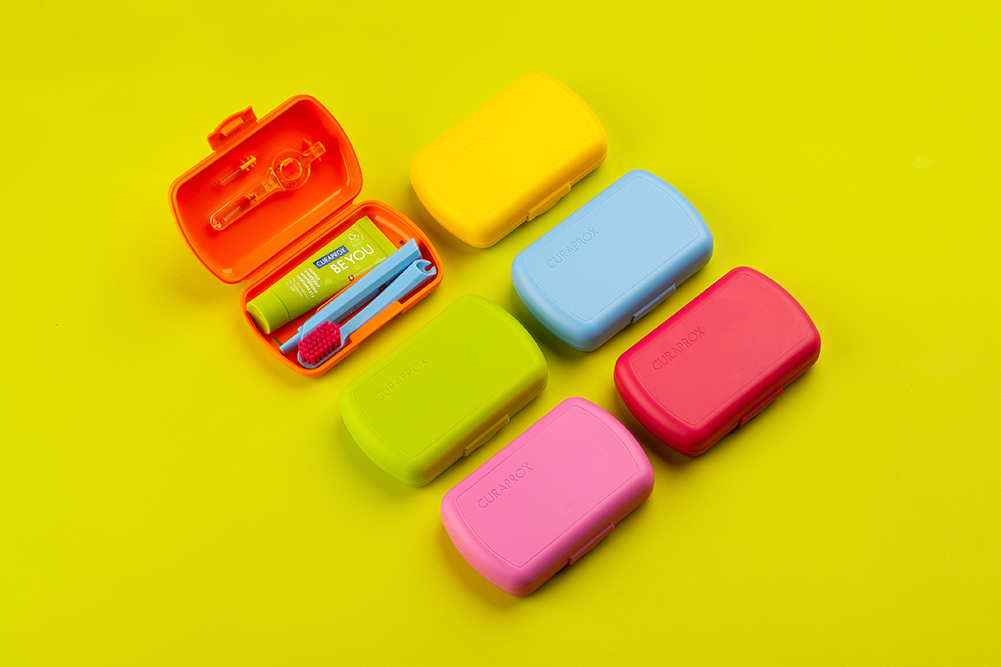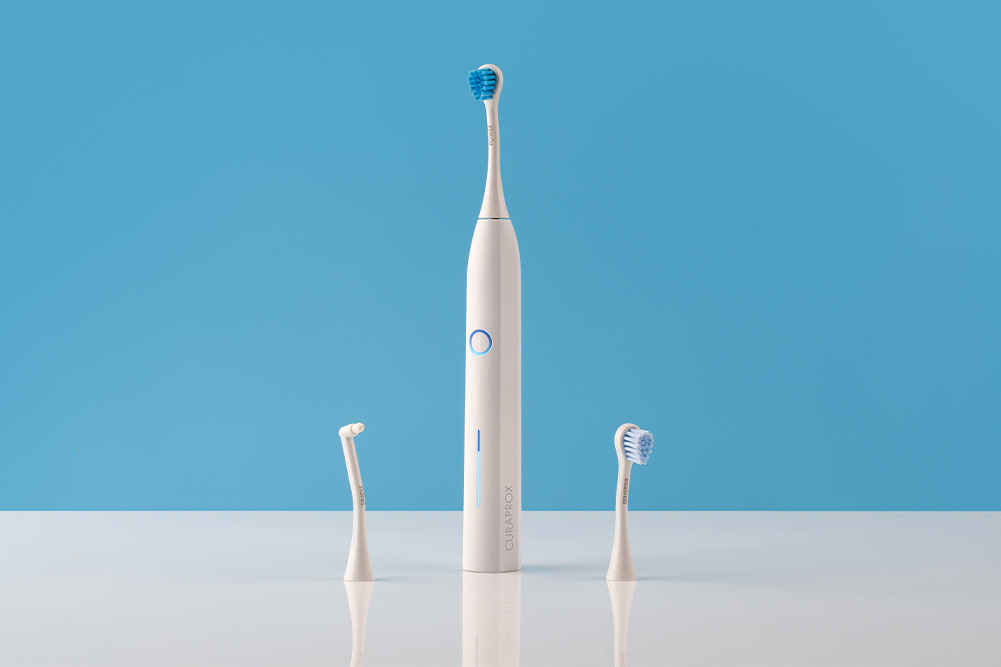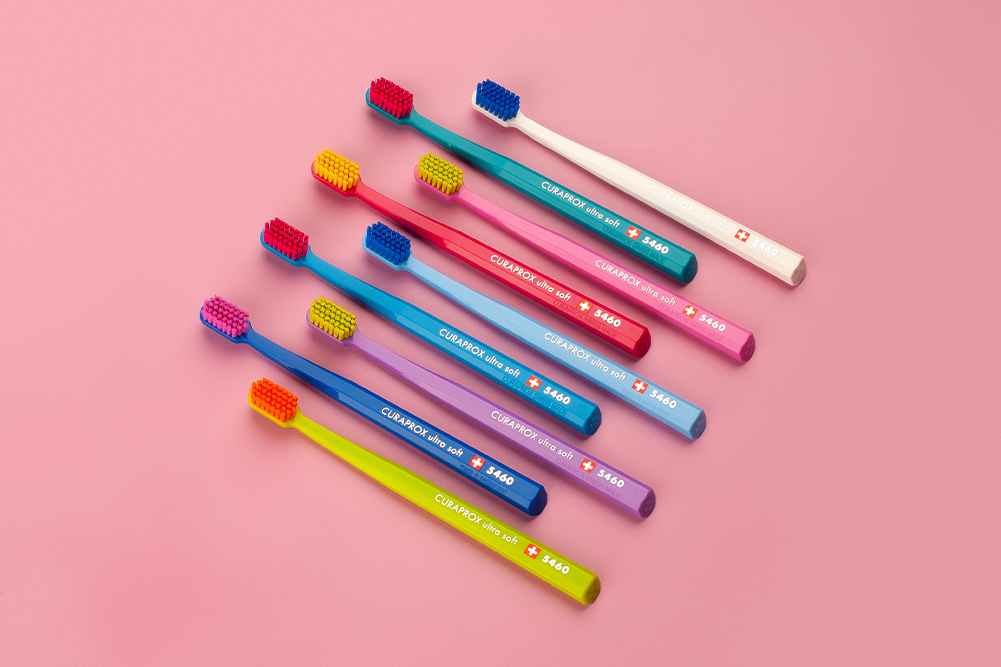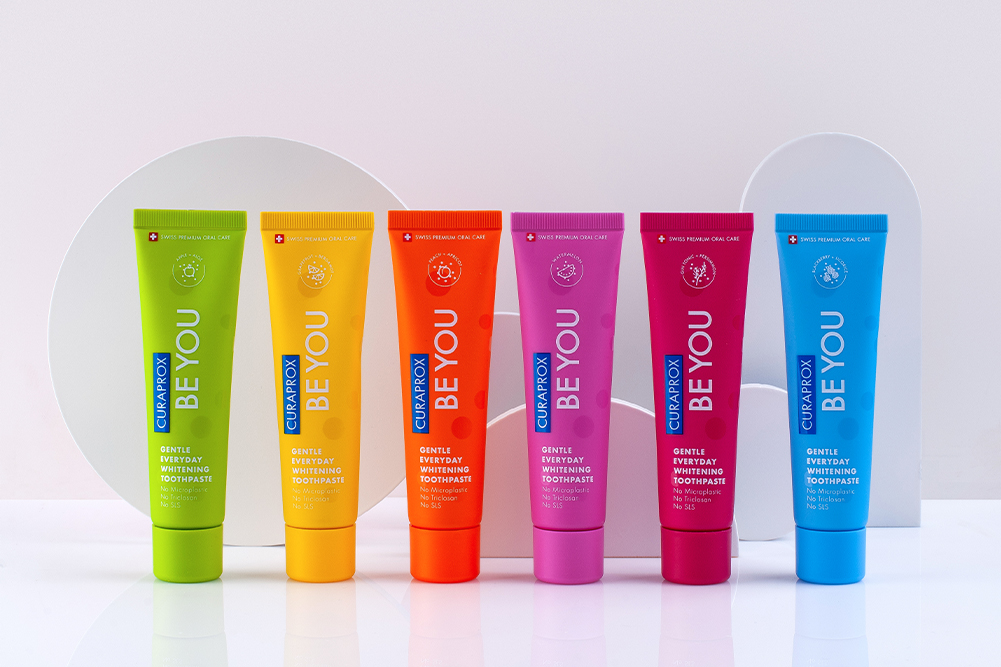Avoid the beauty hype
The beauty industry produces billions of dollars in revenue annually. As an industry that thrives on innovation, new “must-have” products seemingly pop up every week. While the allure of these products can be hard to resist, it’s important to take a step back and assess what you truly need and the holistic impact of your daily beauty routine on both your health and the health of the planet.
Many of the cosmetics people use daily eventually find their way into our oceans, contributing to the pollution of these vital ecosystems. Non-organic shampoos, sunscreens, creams, make-up and perfumes are often loaded with harmful chemicals that can wreak havoc on marine life when they wash away in our showers and sinks. These chemicals can disrupt ecosystems, damage coral reefs and harm aquatic organisms. Unsustainable sourcing of ingredients and excessive non-degradable packaging can have significant and far-reaching impacts on the planet, alongside leaving a lifelong footprint on the earth. Understanding how to choose safe beauty products for your health and our planet is a great skill to acquire.
Environmental impact of beauty products When was the last time you read the ingredient list on one of your beauty products? If it was before your last purchase, then I am celebrating you! However, if you are like most people and have just bought a product on the face value that it is effective, I don’t blame you, but I do encourage you to go into the bathroom after reading this article and read the ingredients. Sadly, companies do not often create products with your health and the planet’s in mind, and harmful chemicals are still used ubiquitously in many beauty products. It is up to you to advocate for your health and the planet’s and get to know where you are voting with your dollar.
One prominent offender in this regard is oxybenzone, a common ingredient in sunscreens. Oxybenzone has been linked to coral bleaching, a phenomenon that threatens the survival of coral reefs worldwide. The damage isn’t limited to marine life; it has the potential to disrupt the balance of the entire ecosystem, with far-reaching consequences.
Triclosan is another synthetic chemical that has been widely used in personal care products such as antibacterial soaps, toothpaste and deodorants due to its antimicrobial properties. In aquatic environments, triclosan can be highly toxic to algae, fish and aquatic invertebrates because it disrupts their normal physiological functions and can lead to adverse effects, including reduced growth, reproduction and survival.
Triclosan tends to accumulate in the tissues of aquatic organisms, meaning that as it moves up the food chain, starting from small aquatic organisms to larger predators, triclosan concentrations can become increasingly concentrated. This bioaccumulation can have serious consequences for the health of species at higher trophic levels, including marine mammals and humans who consume seafood.
Triclosan has also been shown to disrupt the endocrine systems of aquatic organisms, affecting their hormone balance, which can lead to reproductive abnormalities, altered development and impaired immune function in these animals.
Triclosan has been identified as a threat to coral reefs, particularly in popular tourist destinations where sunscreen containing triclosan is commonly used. Triclosan can contribute to coral bleaching; this not only disrupts marine ecosystems but also impacts industries reliant on tourism and fisheries.
Due to these environmental concerns, several countries and regions have imposed restrictions or bans on the use of triclosan in personal care products. In the United States, the Food and Drug Administration (FDA) banned the use of triclosan in over-the-counter antibacterial soaps and body washes in 2016 due to concerns about its safety and environmental impact; however, it is still
used in Australia.
Non-degradable packaging
Packaging is another critical aspect of the beauty industry that often goes overlooked. Many beauty products come in plastic packaging, which poses a significant threat to the environment as plastic does not degrade naturally, so when it enters the oceans it can persist for centuries. Not only is it horrible visual pollution, but it is dangerous to marine life and the ecosystem. Marine animals often mistake plastic debris for food, leading to ingestion, sickness and even death.
Unsustainable sourcing
Another area to be aware of is how sustainable the ingredients are in your beauty products. Many beauty ingredients such as palm oil and woodderived extracts are sourced from tropical forests. Unsustainable harvesting practices can lead to deforestation, destroying vital ecosystems and habitats for countless plant and animal species. Extracting natural ingredients often involves clearing land and disrupting local ecosystems, leading to the displacement and endangerment of wildlife.
Overharvesting of certain plants and organisms for beauty products can threaten the biodiversity of specific regions, potentially leading to the extinction of rare or unique species. Unsustainable agriculture and harvesting methods can result in soil degradation, water pollution and chemical runoff, which harm local communities and ecosystems.
The carbon footprint associated with unsustainable ingredient sourcing, including transportation and processing, contributes to climate change, exacerbating global environmental issues.
Unsustainable ingredient sourcing can also have negative social consequences, such as exploitative labour practices and the displacement of Indigenous communities from their ancestral lands.
Personal impact of beauty products
Beyond the environmental concerns, the products you use can have a significant impact on your personal health. Many cosmetics and personal care products contain harmful chemicals that have been associated with a range of health issues, including hormonal disruptions.
Parabens, for instance, are commonly used as preservatives in beauty products. However, studies have suggested that parabens may mimic oestrogen and disrupt the endocrine system, potentially leading to hormone-related health problems.
Phthalates are another group of chemicals found in cosmetics, particularly in fragrances. These compounds have been linked to various health issues, including reproductive problems, developmental abnormalities and even cancer. The long-term effects of consistent exposure to phthalates are still being studied, but the evidence raises concerns about their safety.
Choosing safe beauty products
Given these pressing concerns, it’s crucial to make informed choices when it comes to your beauty routine. Here are some steps you can take to reduce your environmental impact and protect your health today.
Choose certified organic:
Look for cosmetics and personal care products that are certified organic and eco-friendly. It is a rigorous and expensive process to have something certified organic, and it means these products are free from harmful chemicals and are produced with sustainability in mind.
Read labels and get to know ingredients:
Take the time to read the ingredient labels on products. Avoid those containing parabens, phthalates, oxybenzone, octinoxate and other harmful chemicals. There is a great website that can help you understand the safety of an ingredient if you’re unsure: visit ewg.org.
Reduce plastic waste:
Whenever possible, opt for products with minimal or recyclable packaging. Consider buying in bulk or refillable products to reduce the amount of plastic waste generated.
Support sustainable brands:
Research and support beauty brands that prioritise sustainability, use eco-friendly packaging and engage in ethical production practices.
Cut down on unnecessary products:
Assess your beauty routine and eliminate products you rarely use. Simplifying your routine not only saves you money but also reduces your overall consumption.
Make your own products:
One of the simplest ways to minimise waste and know what is in your products is to make them yourself.
We each play a small role within the giant beauty industry. Our choices as consumers have a profound impact on the environment and our own health. By opting for organic, eco-friendly products, reading labels, reducing plastic waste and making a product or two yourself, you can make a positive difference As an informed consumer, you are making choices that benefit your own health, our environment and future generations.
DIY natural face cream recipe
Making your own natural face cream allows you to control the ingredients, ensuring a product free from harmful chemicals and tailored to your skin’s needs. This simple recipe uses natural, nourishing ingredients that are gentle on the skin.
2 tbsp shea butter
2 tbsp coconut oil
1 tbsp jojoba oil
1 tsp vitamin E oil
5–10 drops lavender
essential oil
- Shea butter is rich in vitamins and fatty acids, making it an excellent moisturiser for dry or sensitive skin.
- Coconut oil is moisturising and has antimicrobial properties that can benefit your skin.
- Jojoba oil closely resembles the natural sebum produced by your skin, making it an effective hydrator without clogging pores.
- Vitamin E is known for its antioxidant properties, which help protect your skin from damage caused by free radicals.
- Lavender oil has a soothing scent and can help calm irritated skin.
- Before you start, make sure all the utensils and containers you’ll be using are clean and sterilised. This ensures that your face cream remains free from contaminants.
- In a heatproof bowl, gently melt the shea butter using a double boiler or microwave in short bursts (10–15 seconds at a time). Be careful not to overheat it.
- Once the shea butter is melted, add the coconut oil to the same bowl. Stir until both ingredients are well combined.
- Add the jojoba oil to the mixture and continue stirring.
- Drop in the vitamin E oil and mix it in thoroughly.
- Allow the mixture to cool for about 15–20 minutes. It should start to thicken as it cools.
- When the mixture has cooled but is still semi-liquid, add the lavender essential oil and stir well. Adjust the number of drops to your preference for scent.
- Using a hand mixer or a whisk, whip the mixture until it becomes light and fluffy. This process may take a few minutes, so be patient.
- Once you’ve achieved a creamy texture, transfer your homemade face cream to a clean, airtight container. A small glass jar or tin works well.
- Store your natural face cream in a cool, dry place. It should last for several months. Apply a small amount to your face and neck as needed, preferably after cleansing.
Notes
- Feel free to adjust the essential oil to suit your skin type and preferences. Some other good options include tea tree oil for acne-prone skin or frankincense oil for mature skin.
- Be cautious if you have allergies or sensitivities to any of the ingredients. Perform a patch test on a small area of your skin before using the cream on your face.
- If the cream melts in hot weather, you can place it in the refrigerator for a short time to solidify it again.
This DIY natural face cream provides your skin with moisture, nutrients and the soothing benefits of lavender essential oil. Remember that skincare is personal and what works for one person may not work for another. Adjust the ingredients and essential oils to cater to your specific skin type and needs.








